One Ton Wonderings
Daniel explains his love of the 1 Ton Land Rover and more importantly explains what they are!
Words and Pictures by Daniel Warden
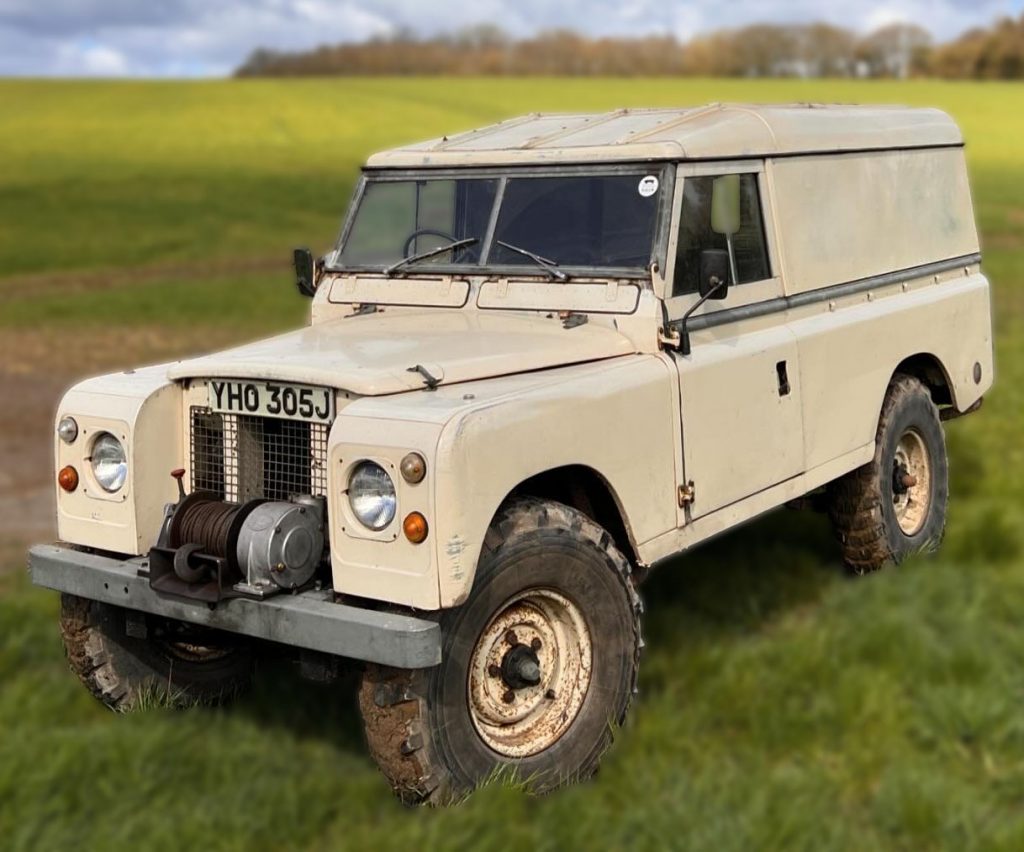
Series 2a – 109″ Hard top
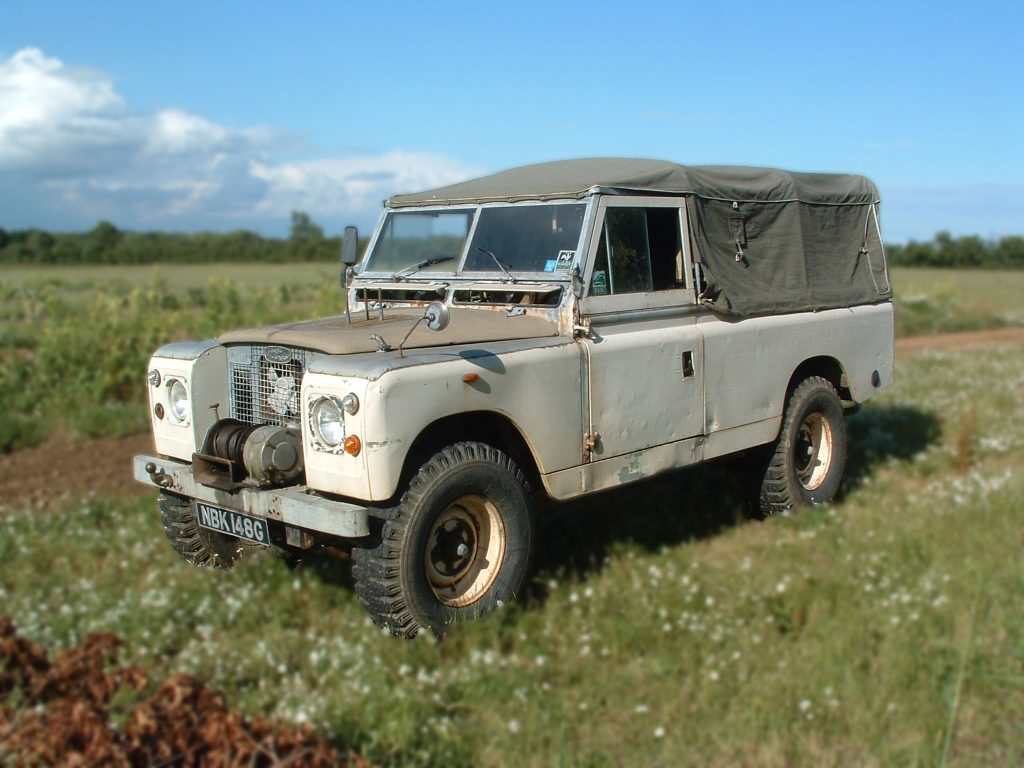
Dan’s own 1 Ton before its return to Southern Electricity utility specification
Hello, my name is Daniel and I’ve been a Land Rover fan since I was a boy and owned them since the early 2000s. My enthusiasm is mainly directed towards a very much unknown niche of Land Rover, the 1 ton 109” vehicles produced in the series era. My first car was a series III 88”, and whilst taking this to shows I happened across series III 1-Ton chassis number 1 at a show which had been given a concourse rebuild by specialist Steve Graham up in Durham. I found the vehicle interesting, liked its jacked up stance (I was in my early 20s after all!) and eventually thought I’d try get one myself. I placed an ad in the magazine of a club I was in at the time and after while someone got in touch saying he had a 1 Ton he was willing to sell. I visited with a mate and was not disappointed, sat on a smallholding near Evesham was indeed a real life IIA 1-Ton, if a bit raggedy and scruffy. Up front sat a massive hydraulic drum winch, the tyres were correct 9.00×16 and it still retained its six cylinder petrol engine. Not long after I took ownership and still have it twenty years later, have been on many adventures in it and have done loads of work, with still more to come I’m sure.
But what is a 1 Ton anyway? To the uninitiated its just a normal long wheelbase Land Rover, right? Well, not once you start looking under the surface.
In the 1960s the Land Rover range consisted of the short wheelbase (aka “regular”) the long-wheelbase, and the forward control, offering ½, ¾ and 1 ¼ ton off road carrying capacities respectively. So there was a gap in the range between the long wheelbase and the forward control. Land Rover decided to plug this gap, creating the 1 Ton in the process. How they did it was classic Land Rover parts bin engineering. They basically took a forward control and fitted standard bodywork, or you could argue took a standard Land Rover and fitted forward control running gear. ENV axles were taken from the old IIA Forward control (using IIB axles would push the wheels outside the bodywork) the gearbox was from the IIB, the six cylinder engine and body were taken from the standard Land Rover and once all put together with heavy duty suspension, the 1 Ton was born. 900X16 tyres on 6.5” deep wheels were taken from the forward control and the end result had exceptional cross country ability.
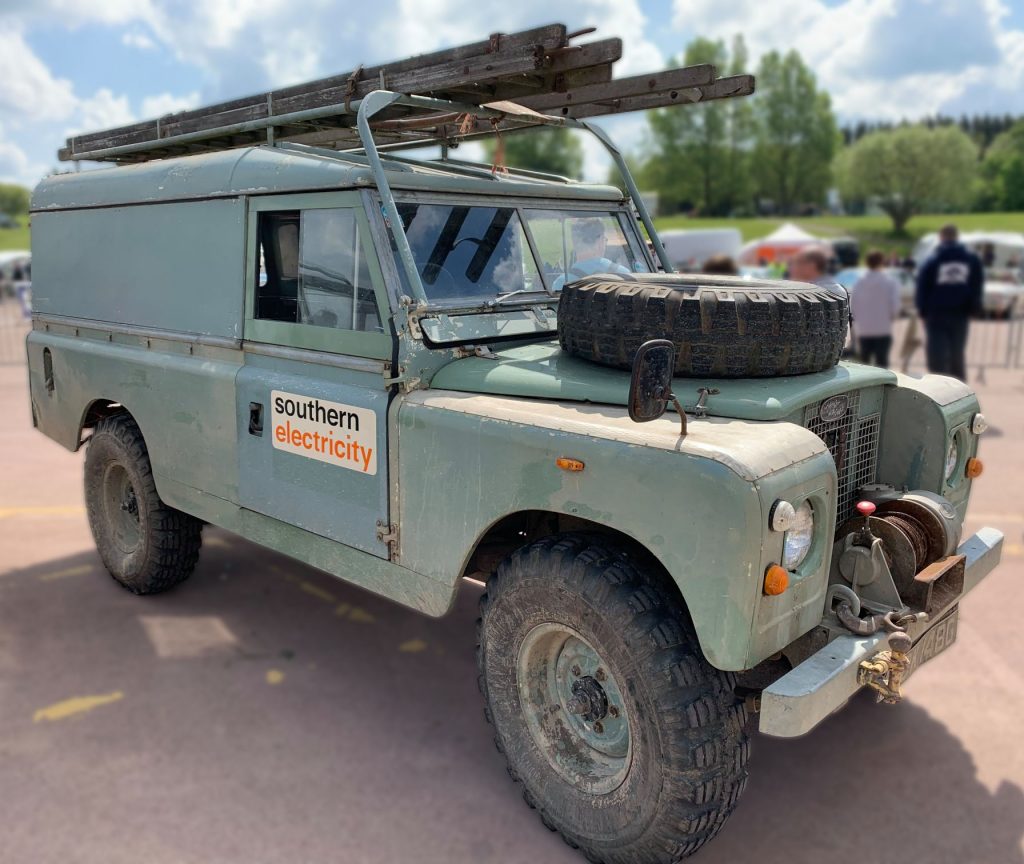
Dan’s very own 1 Ton has been a regular on the show scene for many years
When I bought mine in 2005 very little was known about these vehicles, many specialists had never even seen one and most enthusiasts knew nothing either. My own research (yes I’m quite happy to sit trawling archives) revealed very few were built, with around 750 being built between 1968 (series production actually began in 1969) and production ending in 1977. Although often seen as breakdown trucks with the typical crane in the back, the majority were sold new to the electricity boards, with Southern Board being the single biggest customer of the model, indeed it was their standard Land Rover throughout the 1970s and 80s until the 127 was launched in 1984. East Midlands Board had a few, as did Scottish Hydro-Electric, and a sizeable fleet were delivered to the Kenning Motor group for use as breakdown trucks. No doubt other buyers existed too but I do not have full records of every user. Several were converted into fire tenders, and they were also often seen as cherrypickers.
Not long after buying my 1 Ton I set about trying to locate and log all the surviving examples including derelicts, of which I now have details of around 65 or so vehicles, of which only a handful are still on the road.
My research also showed the various production changes made to the 1 Ton, mainly to the axles. IIAs generally had ENV axles front and rear, although very late examples had Salisbury rear axles. Early series IIIs had ENV axles front and rear (begging the question why did late IIAs have the Salisbury, supply issues?). Later series IIIs had Salisbury axles front and back, with very late examples using the reinforced Rover pattern front axle as fitted to military Land Rovers. Interestingly the vehicle never found custom with the British Army, who had settled on the standard 2.25 petrol ¾ Ton 109” as their standard vehicle.
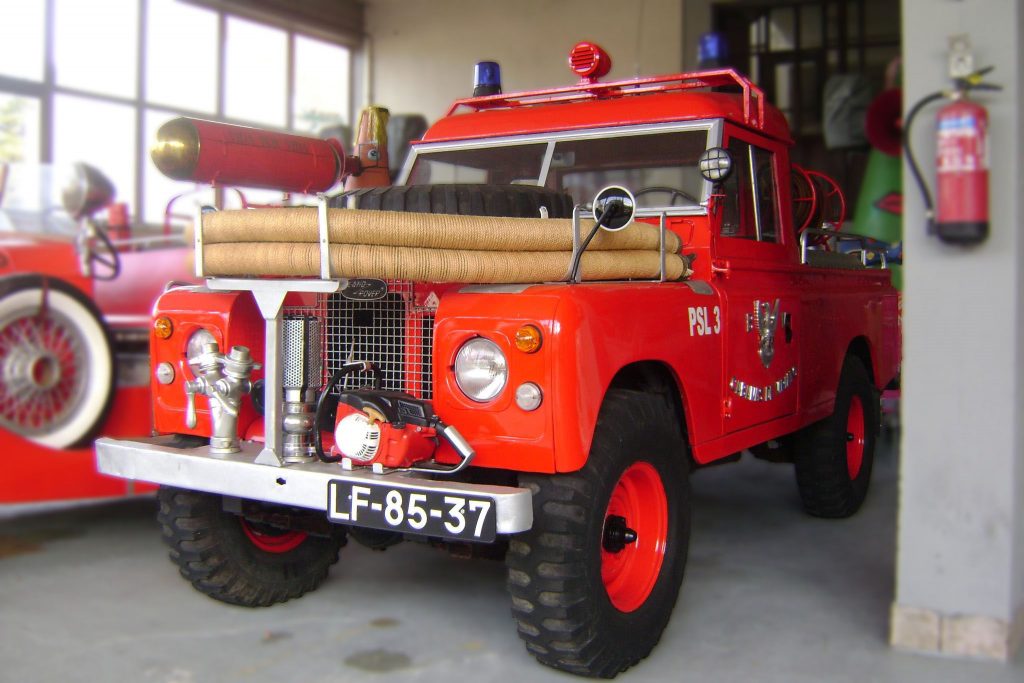
This is a Portuguese CKD 1 Ton being used as a Fire Engine
There were a few “1 Tons in all but name” produced, notable the vehicles converted to Shorland armoured cars in Northern Ireland, and the few known CKD 1 Tons discovered in Portugal. These are physically 1 Tons with all the pertinent details, but on “normal” ¾ ton chassis numbers for unknown reasons.
My own vehicle was found to be one of the earliest produced, on IIA chassis number 13, delivered new to Southern Electricity Board in summer of 1969, as a hard top fitted with winch and ladder rack. It has survived relatively un-changed to the present day although no longer with its original engine, although its still a straight six petrol. I more recently acquired a series III 1-Ton number 78, again and ex Southern Electricity vehicle but this time a truck cab with pickup body fitted with a Spencer cherrypicker. This will hopefully be on the road before my 50th birthday so I’ve got a few years left!
I’ve not encountered any new 1-Tons for a few years now, but they may be out there, if you know of any please get in touch, likewise if you see any of my vehicles at a show do feel free to come say hi and have a chat!
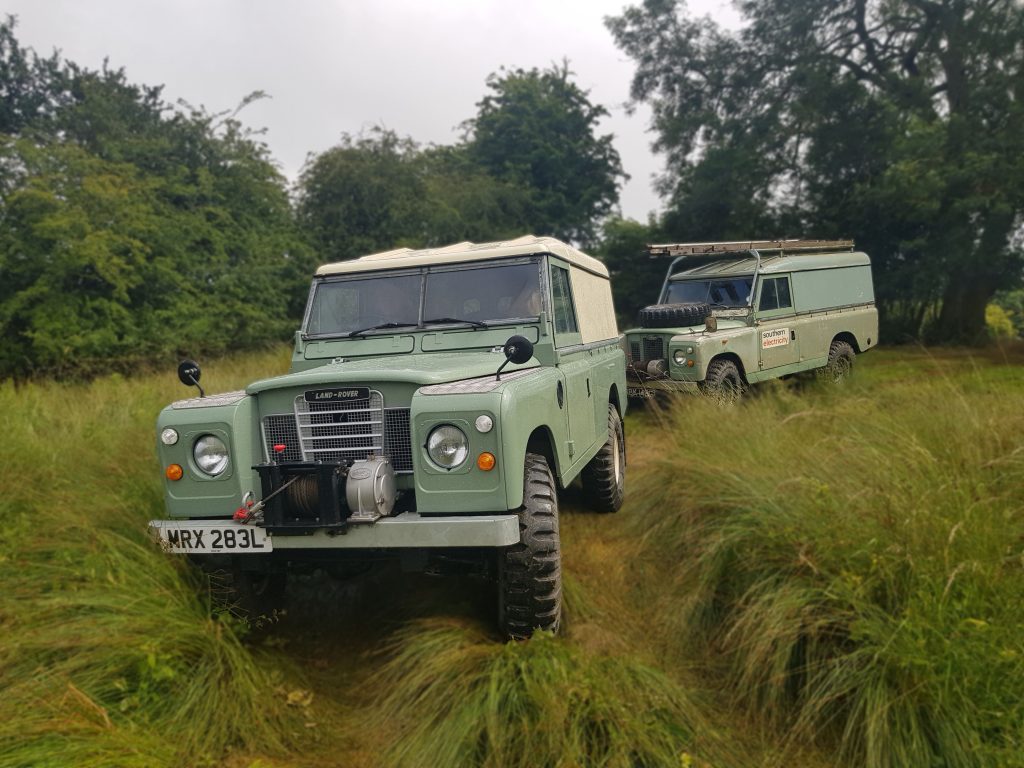
1 Ton’s were available as either a Series 2a or a Series 3
